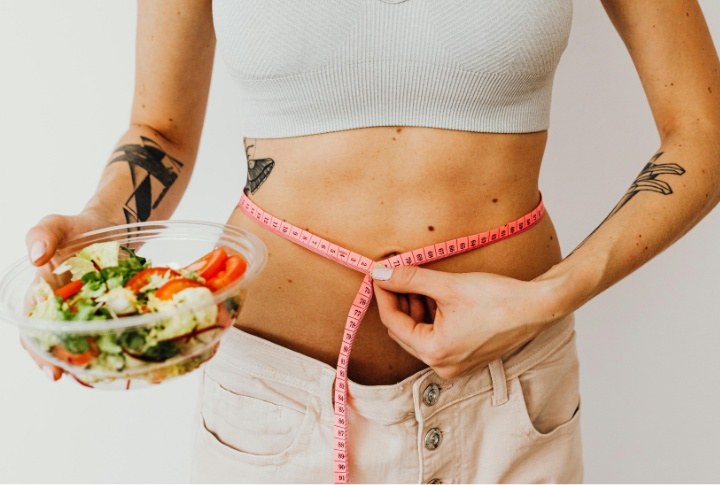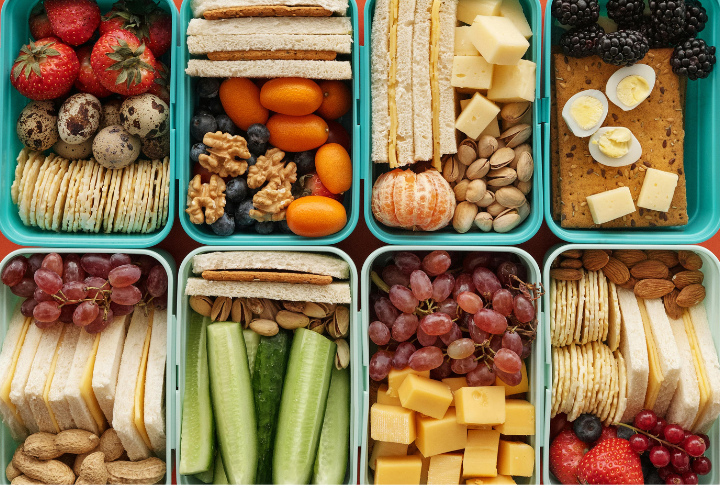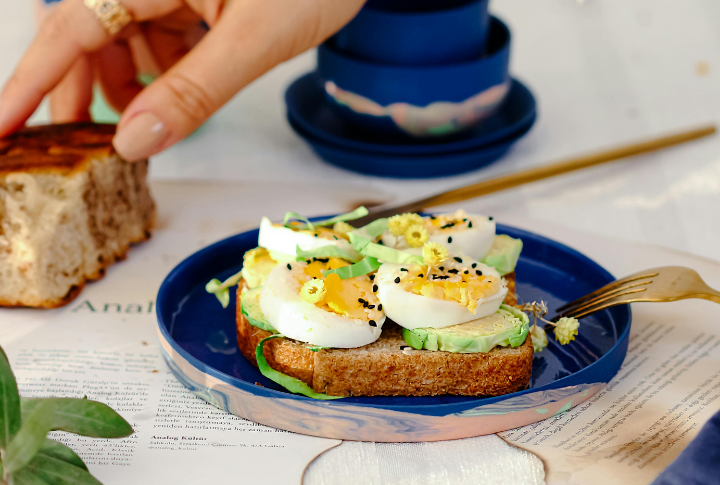
Losing weight doesn’t have to mean sweating it out in the gym for hours or surviving on bland salads. In fact, some of the easiest tricks require barely any effort at all. Plus, small, smart changes can add up fast, making a real difference without turning your routine upside down. So, if you’re ready to shed pounds, here are ten simple changes that can help you lose weight.
Drink More Water

Your body can interpret thirst for hunger, which might cause you to snack when you really just need a sip of water. Keeping a refillable water bottle nearby makes it easier to sip throughout the day without even thinking about it. If plain water feels too boring, adding lemon or mint can make it more enjoyable.
Use A Smaller Plate

Portion sizes have grown over the years, and so have plates. The problem is that the bigger the plate, the more food you think you need to fill it. By using a smaller plate, you create the illusion of eating more, even when you’re actually consuming less. This simple trick takes advantage of how your brain perceives food, leading to natural portion control without any effort.
Sleep More, Snack Less

Lack of sleep does more than just make you tired—it also messes with hunger hormones. When you’re sleep-deprived, levels of ghrelin (the hormone that makes you feel hungry) rise, while leptin (the hormone that signals fullness) drops. On the flip side, getting at least seven to eight hours of quality sleep helps keep cravings in check and even improves energy levels.
Eat Slower

Eating too quickly often leads to overeating before your body even has the chance to send the signal that it’s had enough. By slowing down and chewing your food more thoroughly, you provide your brain the time it needs to catch up with your stomach. A simple trick to slow down is to put your fork down between bites or take a sip of water after every few mouthfuls.
Swap Sugary Drinks

Sugary drinks are one of the sneakiest sources of excess calories. Sodas, fruit juices, flavored coffees, and even so-called “healthy” smoothies can pack more sugar than a candy bar. Cutting out one sugary drink per day can save you hundreds of calories with no effort at all. Over time, your buds will adjust, and you won’t even miss the sugar-laden drinks.
Keep Healthy Snacks In Sight

What you see is what you eat. If the first thing you spot when you open the fridge is a bowl of fresh fruit, you’re far more likely to grab that instead of digging around for chips or cookies. The same goes for your pantry—keeping healthy snacks like nuts, yogurt, or whole-grain crackers within easy reach makes better choices almost automatic.
Eat More Protein

Protein is one of the best nutrients, helping you feel fuller for longer and also supporting muscle maintenance. High-protein foods take more time to digest, which means they keep hunger at bay and prevent unnecessary snacking. Even small adjustments, like swapping a carb-heavy breakfast for an egg-based one, can make a noticeable difference.
Walk More

Exercise doesn’t have to mean intense gym sessions. Simply moving more throughout the day can help burn calories without feeling like a workout. Walking is one of the easiest ways to do this, and small habits can add up quickly. Making movement a natural part of your day helps with weight loss without any extra effort.
Don’t Shop Hungry

Walking into a store on an empty stomach is a recipe for disaster. Hunger can override logical decision-making, making unhealthy, high-calorie foods seem irresistible. When you’re hungry, your body craves quick energy, which usually means grabbing sugary, processed snacks. Planning a shopping list in advance also keeps you focused.
Stop Eating When You’re Satisfied

Many people eat until they feel overly full instead of stopping when they’re just satisfied. This habit often leads to consuming more calories than necessary. Learning to recognize early fullness cues can help with portion control and prevent post-meal sluggishness. One way to do this is by pausing midway through your meal and asking yourself if you still feel hungry.
